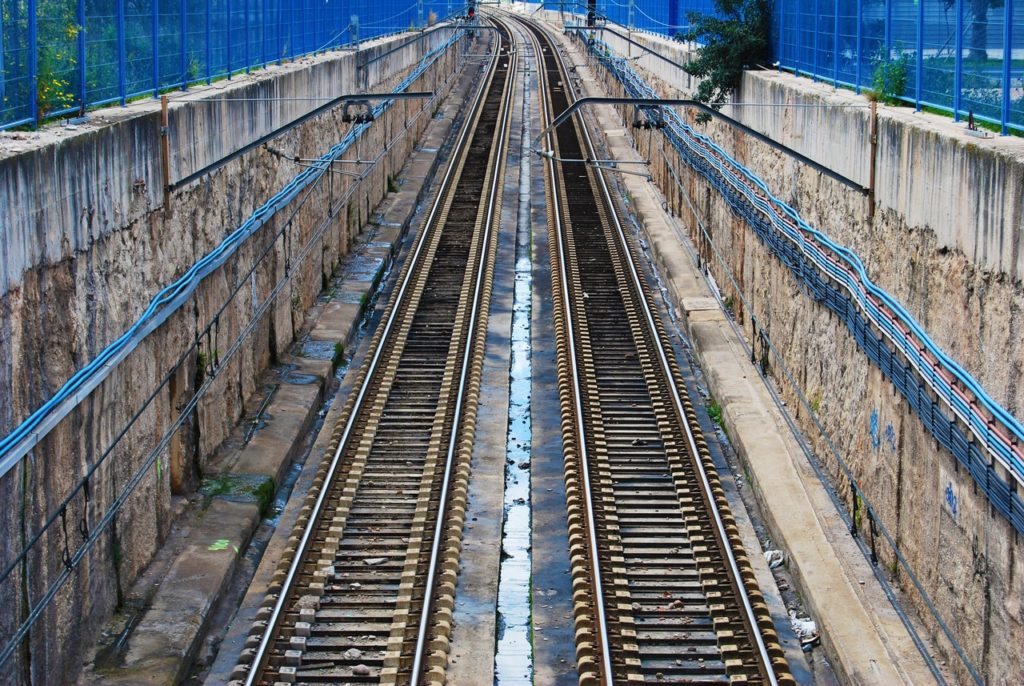Opinion: Feasibility study for Bay Ridge Branch can only be good news

The news that the MTA has committed to a $1.3 million feasibility study to consider the reactivation of the Bay Ridge Freight Line is good news for Brooklyn and Queens residents, even if the project never comes to pass.
The news is good because the MTA, which historically prioritized Manhattan-based subway and rail projects, is now realizing that not all people commute to Manhattan, and that service between the “outer boroughs” is not always adequately performed by buses.
As the Eagle has reported many times, the Bay Ridge Freight Line, which starts at the Bay Ridge waterfront and goes through Borough Park, Flatbush, East Flatbush and East New York, is technically part of the Long Island Railroad, but since the ‘90s has been operated by the New York and Atlantic Railway, part of a company that specializes in operating rail freight.

Brooklyn Boro
View MoreNew York City’s most populous borough, Brooklyn, is home to nearly 2.6 million residents. If Brooklyn were an independent city it would be the fourth largest city in the United States. While Brooklyn has become the epitome of ‘cool and hip’ in recent years, for those that were born here, raised families here and improved communities over the years, Brooklyn has never been ‘uncool’.